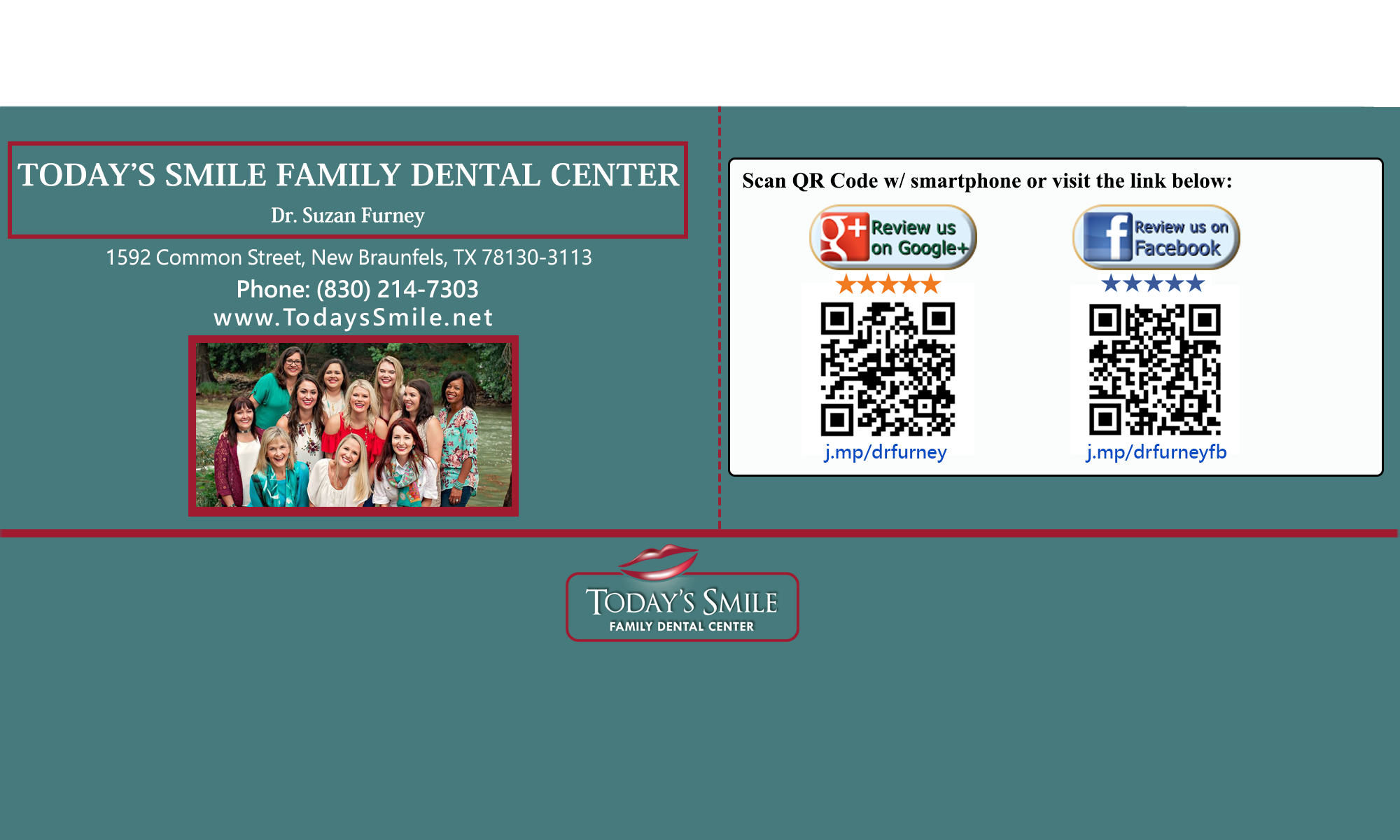Maintaining proper nutrition is important for everyone, young or old but many older adults find it difficult to eat a balanced diet.
They may avoid meats, raw vegetables and fresh fruits because they have trouble chewing or swallowing.
These problems can be caused by painful teeth, ill-fitting dentures, dry mouth or changes in facial muscles.
Others find their sense of taste has changed, sometimes due to a disease or certain medications.
As a result, older adults often have diets lacking in calcium, protein and other nutrients essential to dental and overall health.
A balanced diet has to be based on the five food groups:
– Milk and dairy products
– Breads and cereals
– Meats and dried beans
– Fruits
– Vegetables
Sometimes a multi-vitamin or mineral supplement will help but its best to use supplements only after discussion with your physician.
If your teeth are stopping you from eating the food you enjoy or that you need for good health your dentist will be able to help you find a solution.
